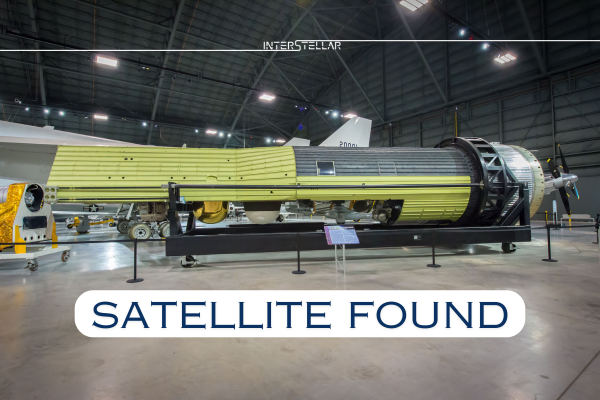After 25 years adrift in space, an experimental satellite launched in 1974 has been rediscovered using tracking data from the U.S. Space Force. The Infra-Red Calibration Balloon (S73-7), a small satellite that was part of the United States Air Force’s Space Test Program, was initially launched as part of “The Hexagon System.” This system involved deploying S73-7 from the larger KH-9 Hexagon satellite once in space.
Originally designed to inflate and serve as a calibration target for remote sensing equipment, S73-7 failed to deploy correctly and subsequently drifted into obscurity as space junk. It was rediscovered in April after decades of remaining undetected, thanks in part to the efforts of astrophysicist Jonathan McDowell from the Harvard-Smithsonian Center for Astrophysics.
McDowell, in an interview with Gizmodo, explained the challenges associated with tracking such objects. He noted that S73-7 went off the radar twice—once in the 1970s and again in the 1990s—likely due to its low radar cross-section, which complicates detection efforts. The object that was eventually tracked might not even be the satellite itself but a piece of its deployment mechanism or the uninflated balloon, which are not easily detectable by radar.
The tracking and cataloguing of space debris are complicated by the sheer number of objects in orbit—over 20,000—and the difficulty in identifying them accurately. Ground-based radar and optical sensors can detect objects, but correlating them with known satellites or debris is challenging, especially if the object shares a similar orbit with many others.
McDowell further elaborated on the complexities of matching observed objects with their identities in crowded orbits. The absence of recent orbital data can complicate these identifications, particularly if the object has drifted or its maneuvers are not well-documented.
The rediscovery of the S73-7 highlights the ongoing challenges faced by engineers and scientists in monitoring and identifying space debris, an issue that will only grow as more satellites are launched. This discovery serves as a reminder of the importance of maintaining robust tracking systems to manage the risks associated with space debris and lost satellites.


